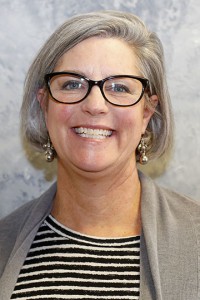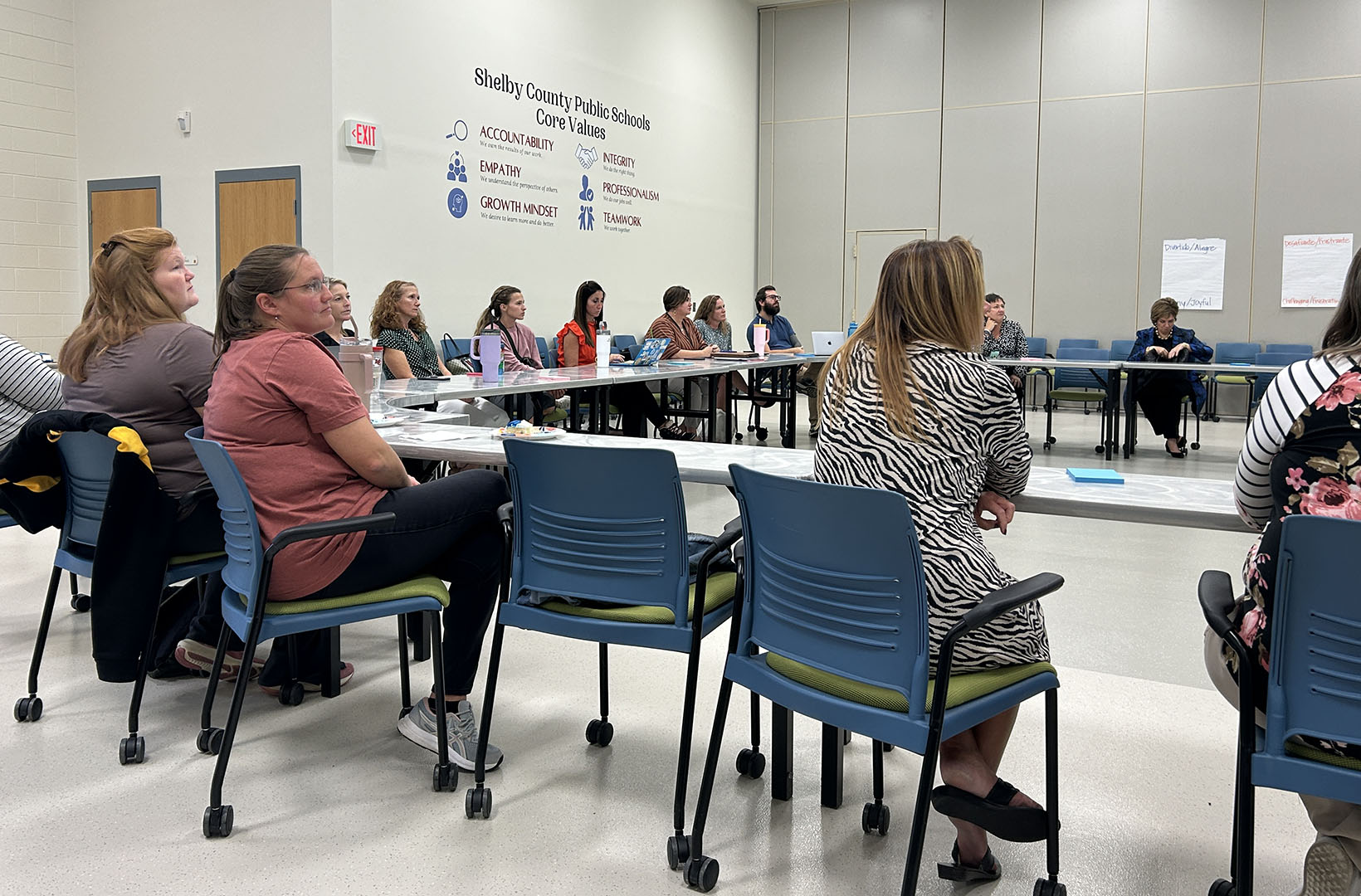By Kelly Clark
kelly.clark@education.ky.gov
“Many teachers are faced with limited understanding of cultures other than their own and the possibility that this limitation will negatively affect their student’s ability to become successful learners.”
– Winifred Montgomery, “Creating Culturally Responsive, Inclusive Classrooms”
The face of America and Kentucky is changing. Demographics are shifting and our classrooms, if not already, will soon be filled by more diverse students. How do we meet the needs of all our students?

Kelly Clark
Culturally responsive teaching is a step toward recognizing that students with different backgrounds, cultural styles, linguistics and values will need different approaches to teaching. Being culturally responsive does not mean losing your cultural values, but when used effectively, brings the needed scaffolding to students to fill in the gaps that “one size fits all” teaching fails to do. Culturally responsive teaching is part of Kentucky initiatives and strategies, including novice reduction, differentiating instruction and global competency.
Bill Hunter’s Global Competence Model shows the interconnectedness of self-awareness (interior circle) to the outer rings that show student interaction with the world. The outer rings are a culmination of student’s experiences and knowledge about the world, which lead to them being globally competent. They start their experiences with themselves and their lives and build on that knowledge.
To reach global preparedness, one can’t begin the journey until the students – and teachers – examine their own views and recognize their own cultural and personal biases before turning the examination outward to learn about others. Culturally responsive teaching asks teachers to critically assess their own knowledge of other cultures and what they believe about students in their own classrooms.
I want to stop here and say this is very hard for many teachers and adults to do. It is uncomfortable work and we bend over backward saying we have no fixed assumptions, when the truth is those assumptions are part of human nature. It is impossible not to have deeply ingrained beliefs about others.
The first step in becoming culturally responsive, is to be aware that we all have assumptions and biases which, when unexamined and applied, creates a disadvantage for students from a nondominant culture. It doesn’t make us wrong or bad teachers or bad people, just unaware.
Conducting a self-assessment like the one in the Montgomery article (see Figure 1) or planning more formal professional learning using a toolkit like the Colorado Department of Education’s “Equity Toolkit for Administrators” can bring a level of awareness to your school and classroom instruction and interactions. A professional learning handbook for educators can be found free at the Connecticut State Department of Education and further resources can be found on the Culturally Responsive Instruction page on the KDE website.
In our rapidly changing nation and classrooms, we must seek first to understand our students for our teaching to have the lasting meaning and relevance. Starting small and examining our own culture, while uncomfortable at times, is an effective practice for all educators.
Kelly Clark is the global competency lead at the Kentucky Department of Education.



Leave A Comment